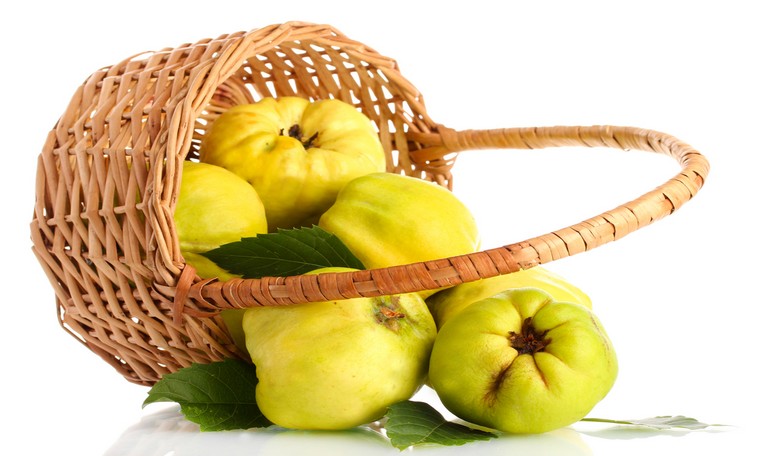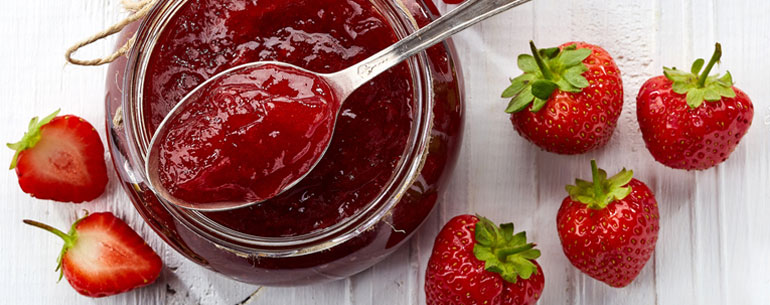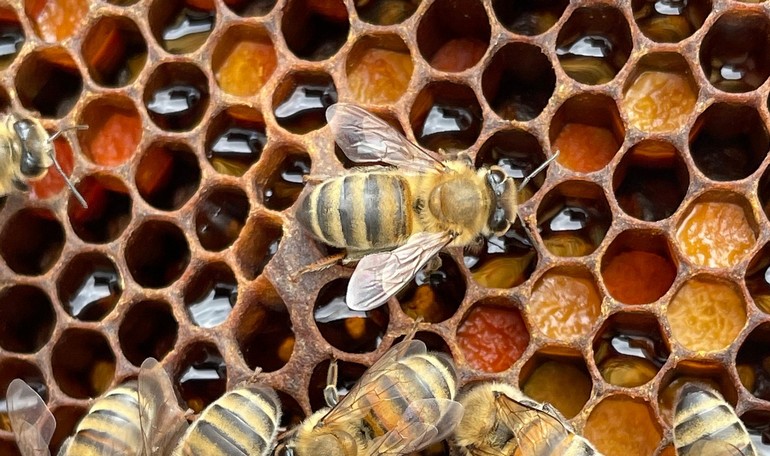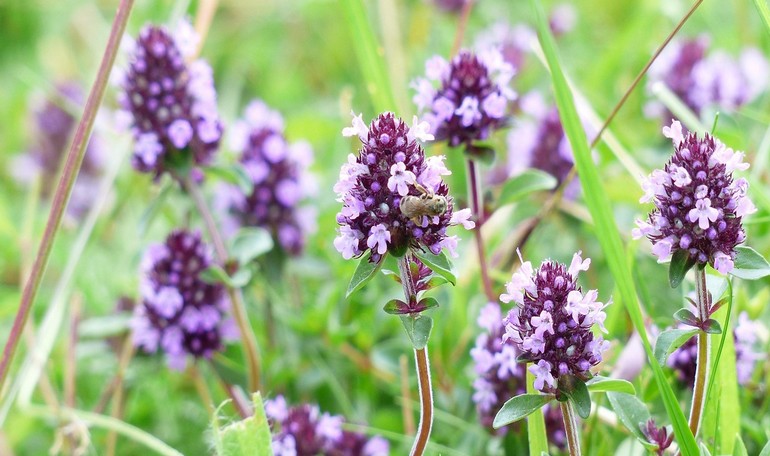The word from the nutritionist
Quinces: The golden apples of Hercules
You know tha the famous "golden apples", that the Hesperides looked after in their garden and that Hercules stole, were the quince?

Quinces came to Greece from Caucasus, where they became one of the most appreciated fruit, more than 4.000 years ago. In the past people didn’t usually make any differentiation between apples and quinces. The quinces were the “golden apples” of Cydon city in the Crete island and for this reason the Greek name of the apple is “kidonia” . Probably the “golden apples ” the Hesperides looked after in their garden for the goddess Hera, were the quinces. They were the wedding gift given to Hera and Zeus by goddess of Earth and, for this reason, the quince is considered the symbol of love and fecundity. The legend says that Hercules stole the “golden apples” in order to conquer the immortality and for this the Hesperides transformed themselves into a black poplar, willow-tree and elm-tree, which are symbols of sadness. Another legend says that Paris gave to Aphrodite a “golden apple” and for this reason she is represented with an apple in her hand, and the fruit has become the symbol of fidelity in love.
The quince-tree, that appertains to the Rosacee family of the Pomoideae, is farmed in all Mediterranean countries, in the center and south America and in China. In Italy, like in many other countries, the farming for the industrial sector has had a contraction since the sixties because of the poor request of the market; for this reason now the seed is protected SeedSavres groups. The quince-tree is a shrub 3 or 4 meters high, the leaves are green and bright on the superior side, but grey and hairy on the other side. The flowers are pink and the blossoming is between March and April.
Its fruit, ripened in autumn, is a golden -yellow with an intense aroma, it’s covered by a fine peel with down and it has a compact pulp with an acidulous flavor.
The quince has been considered one of the most healthy fruit since the XVII century either for its astringent action or like an antidote against the poison. It was used to alleviate stomach diseases, in case of inappetence and for the affections of the liver. It was also good as anti-inflammatory either for the mouth and for the throat or for the skin.
Published 30 September 2016





